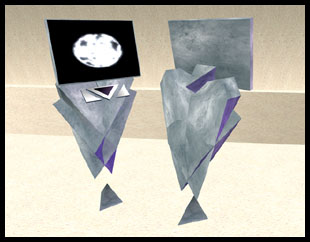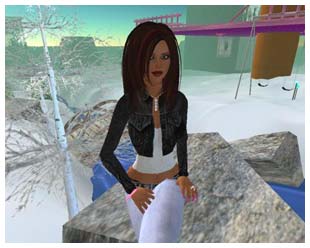Over the past couple of days I’ve been in contact with a few consumer product marketing contacts I have, asking them how the Marketing community in general views advertising within videogames and virtual worlds. The answers were, in all honesty, both disappointing and a bit shocking. These are not junior level marketers, these are experienced and highly-placed individuals. Yet not one of them seems to “get it”; worse yet, they haven’t paid enough attention to even know there is something to “get”.
Well, if there are any marketers reading this, I’d like to suggest taking a peak at Kevin Werbach’s viewpoint article over on BusinessWeek online. Then I’d suggest a rethink of the general concept of advertising – and in particular advertising budgets in new media formats; it’s probably orders of magnitude less than what most believe. Having done a little research, many might then not casually dismiss in-game/virtual world advertising as something they could never afford. Unlike television ads where a company pays for each airing, in a virtual world they really only have to pay once… and then let the world propogate your brand all on its own. It can be as simple as selling one product with all your advertising magically bundled inside it along with links to real life sales sites, and then letting each person who comes in contact with it, buy a copy of all that for themselves for use within their virtual home (note the expectation that virtual commerce will shortly exceed $1B annually). Of course that won’t make sense to most people. Just as one representative for the American Cancer Society’s Futuring and Innovation Center said yesterday at a virtual meeting conducted within the vr sim Second Life, the biggest barrier to acceptance is the inability of most organizations to understand the concept. You’d think that with all the economic turmoil out there, they’d be looking for opportunities. I’m learning otherwise.


